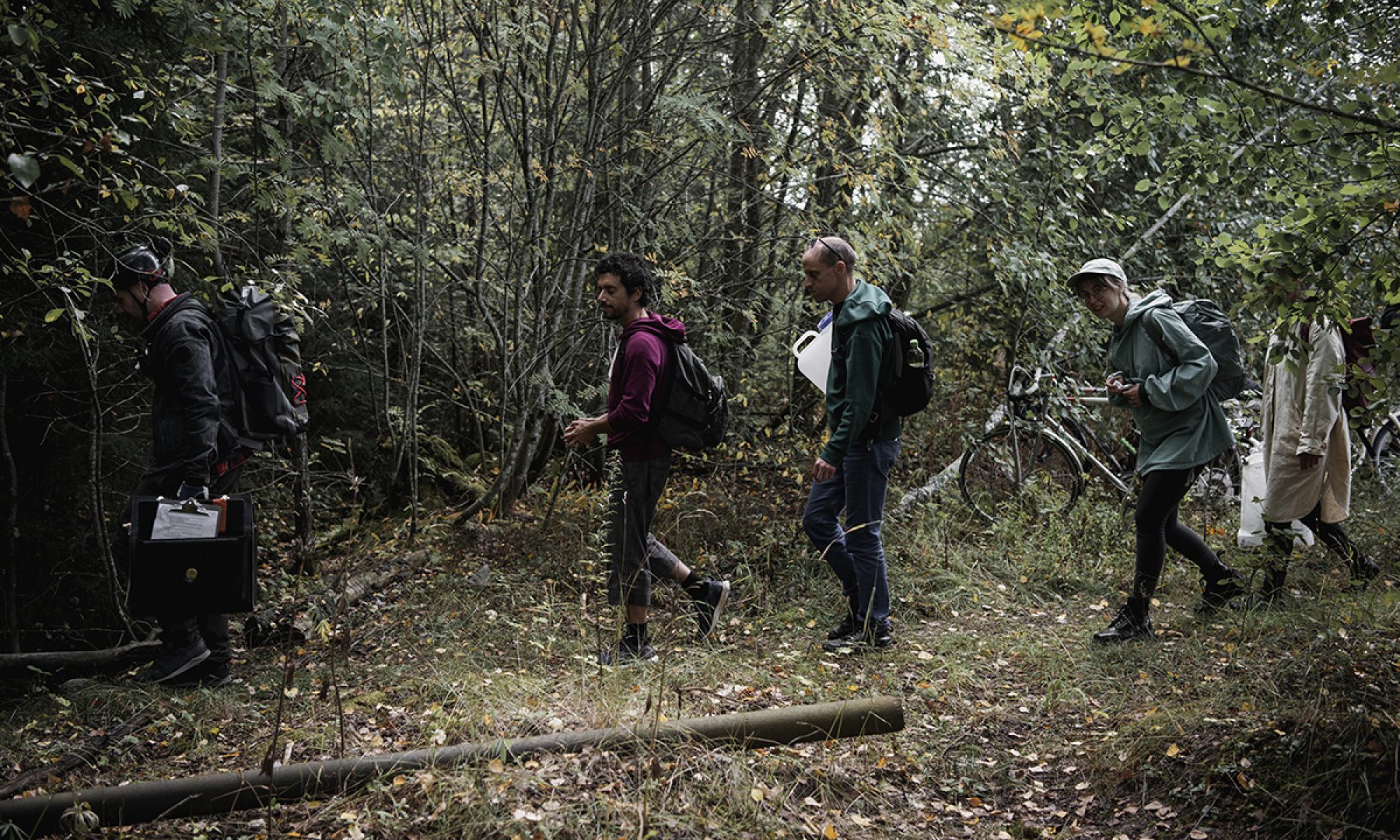I’m having trouble finding performance art venues which list their events online in a sensible fashion. Grace Exhibition Space has a newish site but the schedule of events they offer is messy (found the exhibition spacey on Broadway yesterday but it was closed). Panoply Performance Laboratory seems interesting but I can’t figure out if there are events in the space or is it primarily for projects. I’ve signed up to multiple email lists but they seem to be quiet (perhaps people are on vacations). Eyebeam is the most promising email list I’ve signed up for so far.
Having trouble communicating to Helsinki. Signal app is not 100% reliable in a non-roaming/wifi setting (this was the case during our trip to Brussels too) and I can’t send SMSs abroad from my US phone. I’m now getting regular SMS messages to my Finnish number (Signal messages come delayed) and using my US number with an alternative Signal installation. Also installed Wire on my US phone (which provides nice setup options for multiple devices).
Received my ISCP (International Studio & Curatorial Program) studio keys and got a short introduction to the facilities. The building has three floors and two gallery spaces. The room I was given is incredible. It’s a +20m² space with a 5m high ceiling. I found some basic tools (there is a soldering station for Synth DIY kits!) and a computer & scanner/printer. I’ll take my computer and other tech to the studio today. This is the first studio I’ve worked in. All of the art schools I’ve studied in have been poor or in the process of being shut down, so I learned to work in cafeterias or at home and to perform in public spaces. I don’t know what to do with all of the space I now have at my disposal. I’m thinking about making a mural.
Olli was at the ISCP before me and I brought a bike from him. He left it at my studio and I rode it home. I feel like a rock star – Driving around Brooklyn on my cool new bike!
What would a public park look like if it was built from the perspective of bees? (2018) by Regine. An overview of Erik Sjödin project with bees. He’s approach reminds me of the species-sensitive-design concept. The Political Beekeeper’s Library seems like an interesting archive. It “looks at books where parallels are drawn between how bees and humans are socially and politically organised”.
The shelter explores what a public park would look like if it was built from the perspective of the wildlife that use the park alongside the humans.
Increased biodiversity in parks in the form of flowering plants, buzzing bees and chirping birds etc can provide aesthetic pleasure to park residents and be relevant besides from the intrinsic value nonhuman life has. Biodiversity doesn’t have to conflict with human interests.

